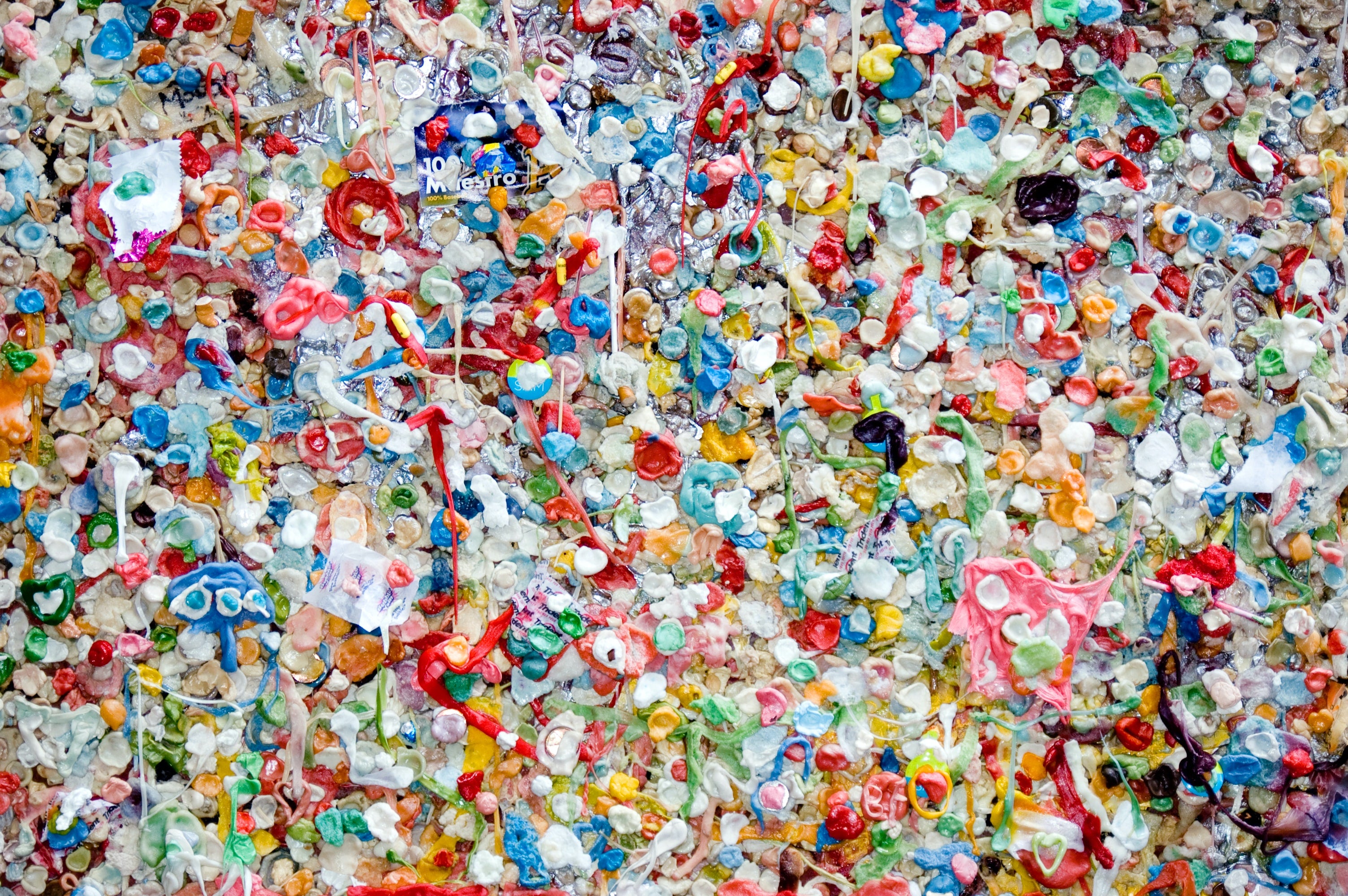Search
Close search

Have you heard about the great news? We may fight against plastic! How? Read on to learn how it works and how it can affect our environment.
A recent discovery by H. Lu, D.J. Diaz, N.J. Czarnecki and colleagues, published in Nature, could help solve one of the world's most pressing environmental problems: dealing with the billions of tons of plastic waste in landfills and polluting our natural lands and water. They employed machine learning to find any mutation that can break down the building blocks of PET (polyethylene terephthalate), a synthetic material used in clothes and plastic that accounts for 12% of worldwide trash, according to the study.
Depolymerization, in which a catalyst separates the building blocks that make up PET into their original monomers, which may subsequently be re-polymerized (made back into virgin plastic) and turned into other goods, accomplishes this.
The enzymes dissolved the plastic in just one week. "One thing we can do is break this down into its basic monomers," Hal Alper, a professor of Chemical Engineering and the paper's lead author, told Motherboard via phone. "That is exactly what the enzyme does. Then, once you have your original monomer, it's as if you're producing new plastic from scratch, with the bonus of not having to utilize any more petroleum resources." "This has benefits over regular belt recycling," Alper continued.
"If you melted the plastic and then rebuilt it, the plastic's integrity would begin to weaken with each recycling round. In contrast, if you can depolymerize and then chemically re-polymerize, you can consistently produce virgin PET plastic." Their findings add to an existing line of research into plastic-eating enzymes, which began in 2005 and has since been followed by the discovery of 19 other enzymes, according to the report. These are made from bacteria that have been found dwelling on plastic in the environment. However, many of these naturally occurring enzymes are built up of permutations of proteins that work well in their own contexts but can't be used in other situations.
Although large-scale implementation is undoubtedly still some years away, the enzyme has the ability to significantly increase recycling on a broad scale, potentially allowing huge enterprises to decrease their ecological footprint by recycling and reusing plastics at the molecular level. Can you imagine what big corporations could do with this? Breaking down plastic so quickly could change our means to fight PET pollution more efficiently than we imagined before!
We will send you updates and sustainability news
You've made it to the end!
Thanks for taking the time. If you're here because you're lost, feel free to contact us and we'll get you back on track.







